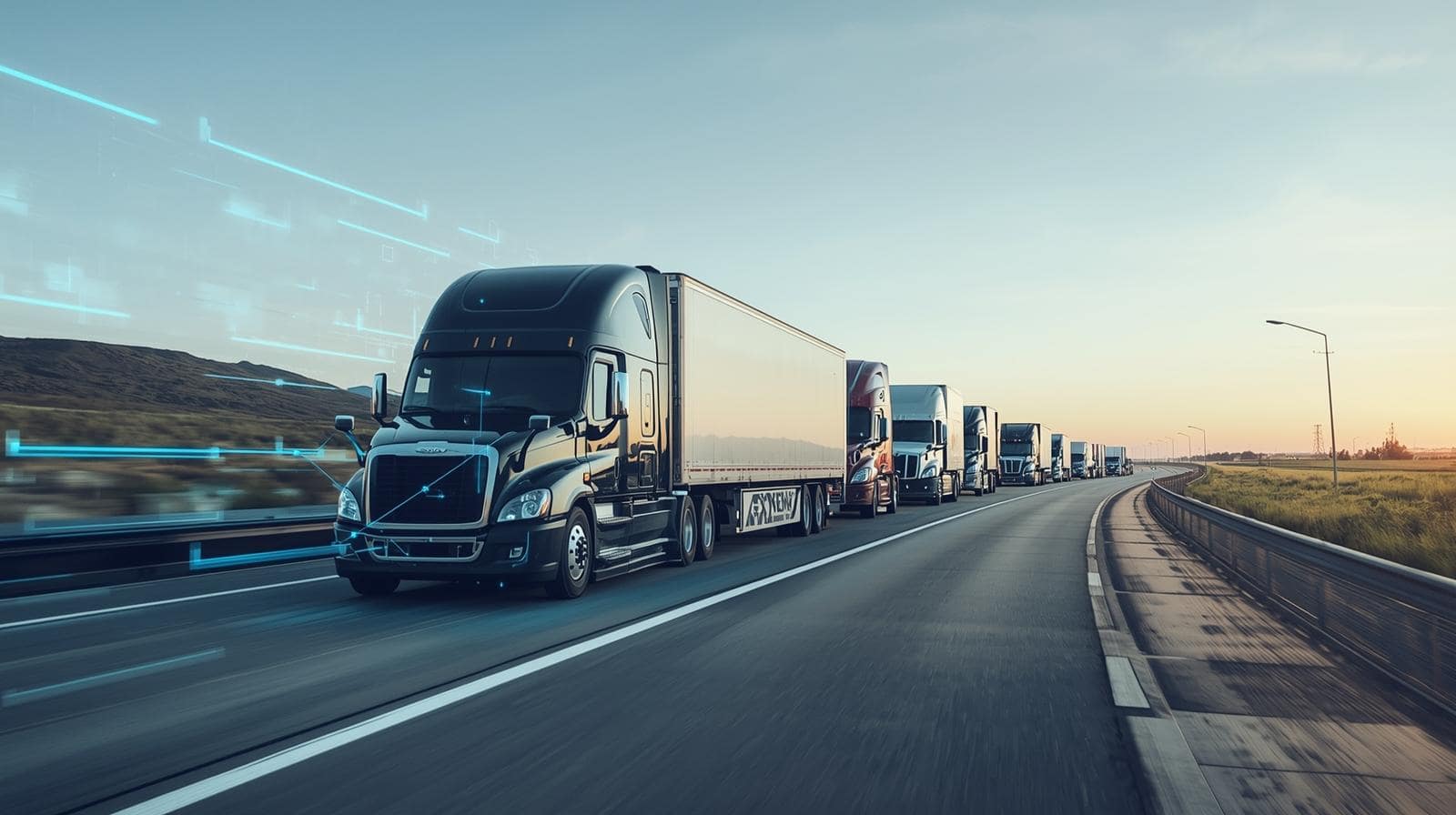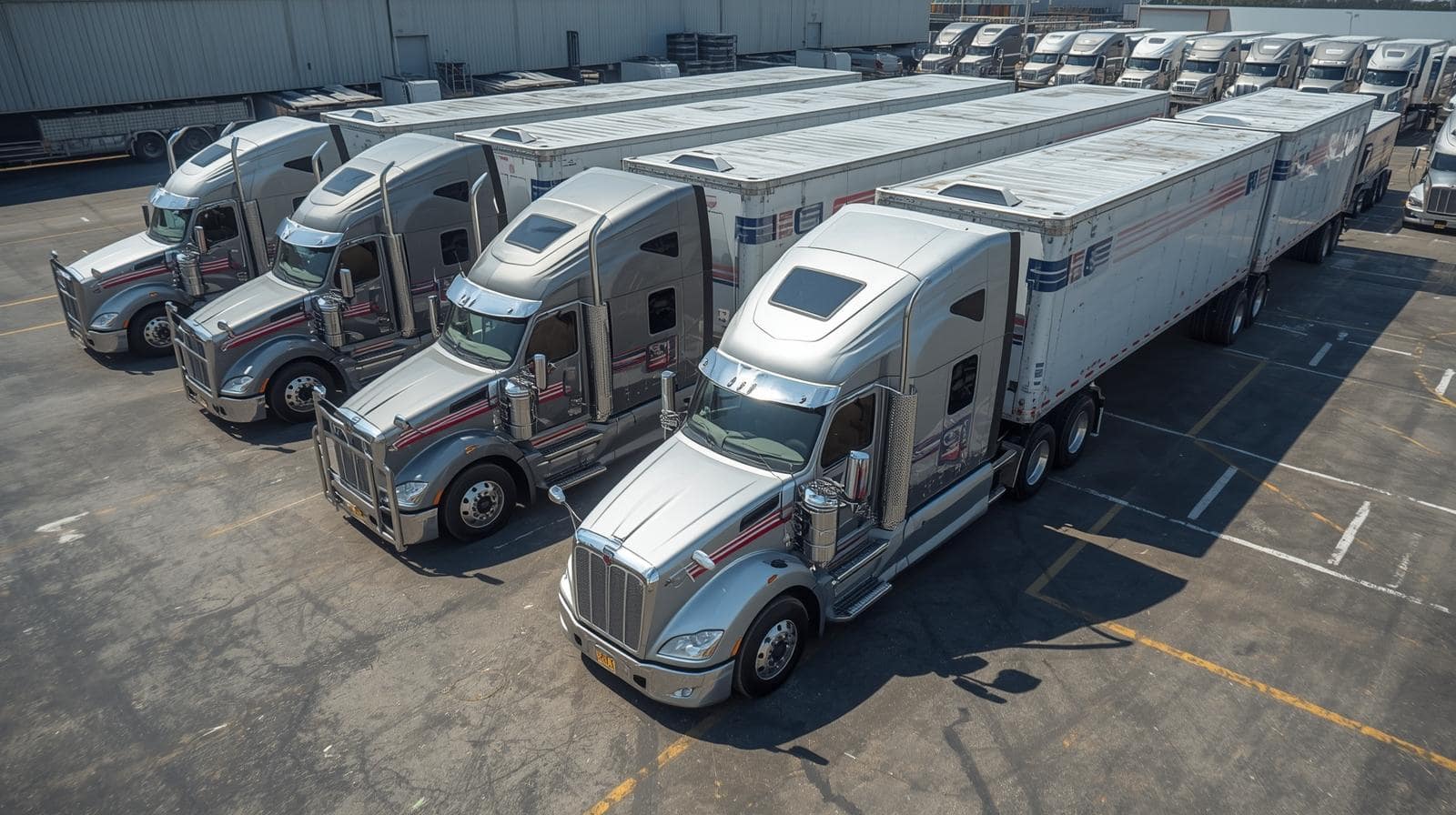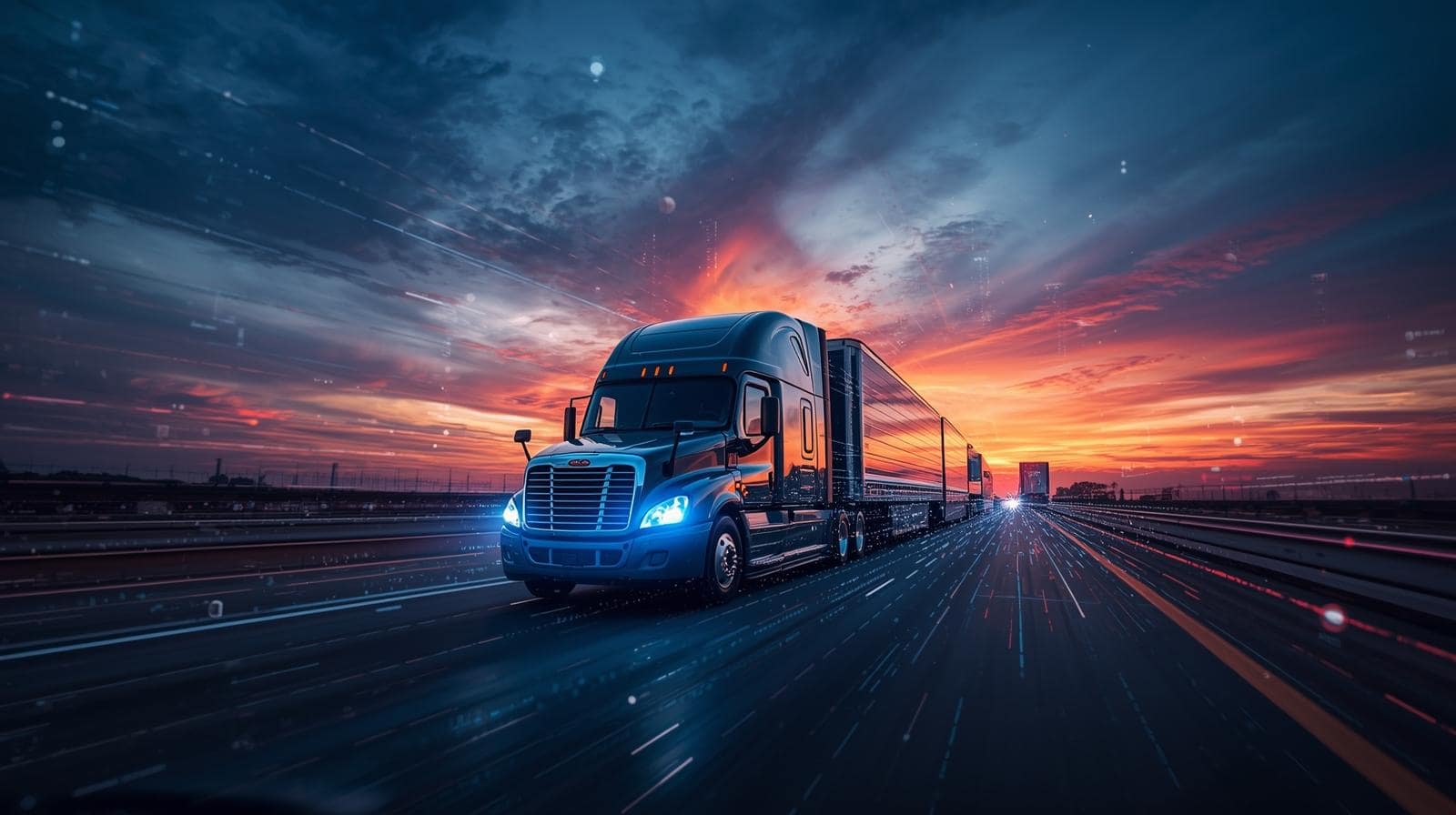Contents
Trucking today is a high-volume but low-margin industry — companies are under constant pressure from rising fuel costs, driver shortages, and tighter regulations. Traditional dispatching and planning methods can no longer keep up with customer expectations or the pace of the market. The shift is clear — digital tools and artificial intelligence (AI) are transforming how fleets operate.
The bottom line is simple — fleets that implement AI-powered route optimization consistently cut unnecessary expenses, improve driver productivity, and increase customer satisfaction. In many cases, savings reach thousands of dollars per truck each year.
The Hidden Costs of Inefficient Trucking
Fuel waste is one of the most damaging inefficiencies — it can account for 30–40% of a carrier’s total operating expenses. Poorly planned trips mean wasted gallons, unnecessary detours, and higher bills.
Extra mileage compounds the problem — every additional mile not only burns fuel but also accelerates wear on tires, brakes, and engines. That means more frequent maintenance and costly downtime.
Drivers also pay the price — inefficient routes lead to longer hours behind the wheel, higher fatigue, and lower job satisfaction. Frustrated drivers are more likely to leave, which increases recruiting and training costs.
Customers feel the impact too — late deliveries damage trust and can cost valuable contracts. Just 10 extra miles per truck per day can add up to tens of thousands in wasted expenses annually.
What Route Optimization Really Means
Route optimization is more than finding the shortest path — it’s about identifying the most efficient one. A direct line on the map may save miles, but it may not save time or costs once traffic, road restrictions, and delivery windows are factored in.
The difference is clear:
- Shortest route — minimal distance.
- Optimal route — balanced efficiency that considers distance, time, conditions, and stops.
Manual planning with spreadsheets or phone calls is no longer enough — modern fleets rely on digital platforms that combine GPS, weather, traffic feeds, and telematics to generate the best possible routes.
Why AI is the Game Changer
AI takes route optimization to the next level. Real-time decision-making means systems can reroute a truck instantly if there’s an accident, road closure, or heavy traffic.
Machine learning improves accuracy over time — algorithms learn from historical trips and driver behavior, becoming better at predicting delays and suggesting efficient alternatives.
Predictive analytics adds another advantage — forecasting demand, traffic patterns, and even fuel costs so dispatchers can plan ahead.
When connected with telematics and ELDs, AI also helps balance efficiency with compliance — ensuring Hours-of-Service rules are met while still reducing costs.
Benefits That Add Up to Thousands
- Fuel efficiency — reduced mileage can cut fuel expenses by 8–15%.
- Time savings — shorter trips mean more deliveries per month with the same fleet.
- Lower maintenance costs — fewer wasted miles extend the life of expensive assets.
- Driver satisfaction — less stress and fatigue leads to lower turnover.
- Customer loyalty — accurate ETAs build trust and keep contracts secure.
Real-World Scenarios
A small fleet of 20 trucks implementing AI-powered route optimization saves around $50,000 annually on fuel alone. Those savings can be reinvested in training, new equipment, or expansion.
For larger carriers with hundreds of trucks, the impact is even greater — millions saved through reduced fuel use, fewer breakdowns, and higher customer satisfaction. Industry leaders are already moving in this direction — treating AI as both a cost-saving tool and a sustainability strategy.
Challenges Along the Way
Adopting AI isn’t without obstacles. Initial costs — including software, training, and system integration — can feel heavy. But return on investment is typically rapid, often within the first year.
Change management can be difficult — drivers and dispatchers accustomed to old methods may resist new technology. Clear training and communication are key.
Integration is another challenge — AI must work seamlessly with existing ERP or TMS systems. Without smooth data flow, results are limited.
And finally, data quality matters — poor input leads to poor output. Reliable GPS data and accurate trip records are essential for effective AI optimization.
The Road Ahead for AI in Trucking
Green logistics is a growing priority — optimized routing directly reduces CO₂ emissions, helping fleets meet sustainability and ESG targets.
Autonomous vehicles are closer than many think — and AI route optimization will be central to their safe and efficient operation.
IoT devices paired with AI will make fleets smarter — trucks will self-diagnose issues, report them, and reroute themselves in real time.
Blockchain may also play a role — creating secure, transparent supply chains that boost trust among shippers, carriers, and customers.
The evidence is clear — AI-powered route optimization is no longer optional for trucking companies. It saves money, improves efficiency, and strengthens customer relationships.
Early adopters are already gaining a competitive edge — while those who delay risk falling behind. The future of trucking is data-driven, and fleets that invest in AI today will save thousands tomorrow.












